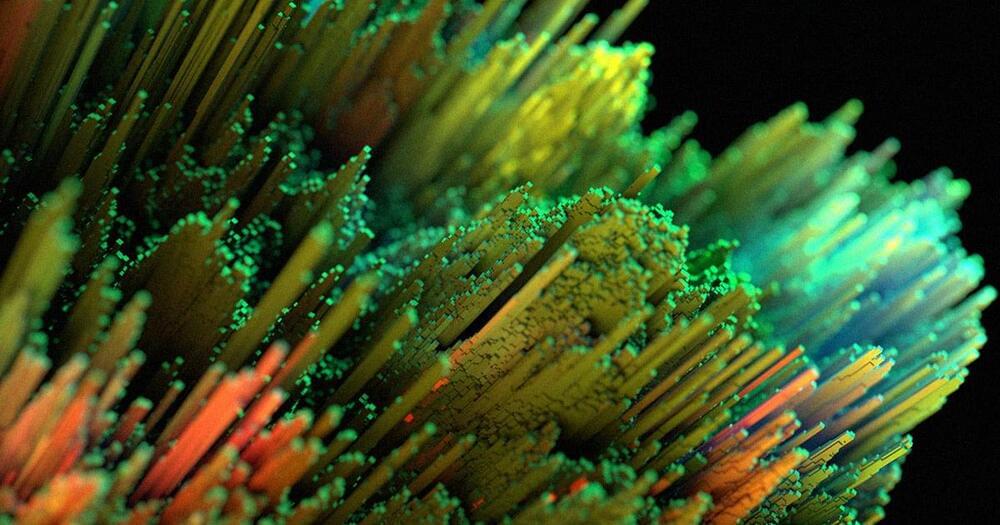“It is very exciting to see this unusual phase of matter realized in an actual experiment, especially because the mathematical description is based on a theoretical ‘extra’ time dimension,” Philipp Dumitrescu, study co-author and research fellow at the Flatiron Institute’s Center for Computational Quantum Physics, told the magazine.
In order to successfully create the topological phase, and thus the “extra” dimension, the scientists targeted a quantum computer’s quantum bits — or qubits — with a quasi-periodic laser pulse based on the Fibonacci sequence. Think quasicrystal.
“The Fibonacci sequence is a non-repeating but also not totally random sequence,” study co-author Andrew Potter, a quantum physicist at the University of British Columbia, told Vice. “Which effectively lets us realize two independent time-dimensions in the system.”









Comments are closed.